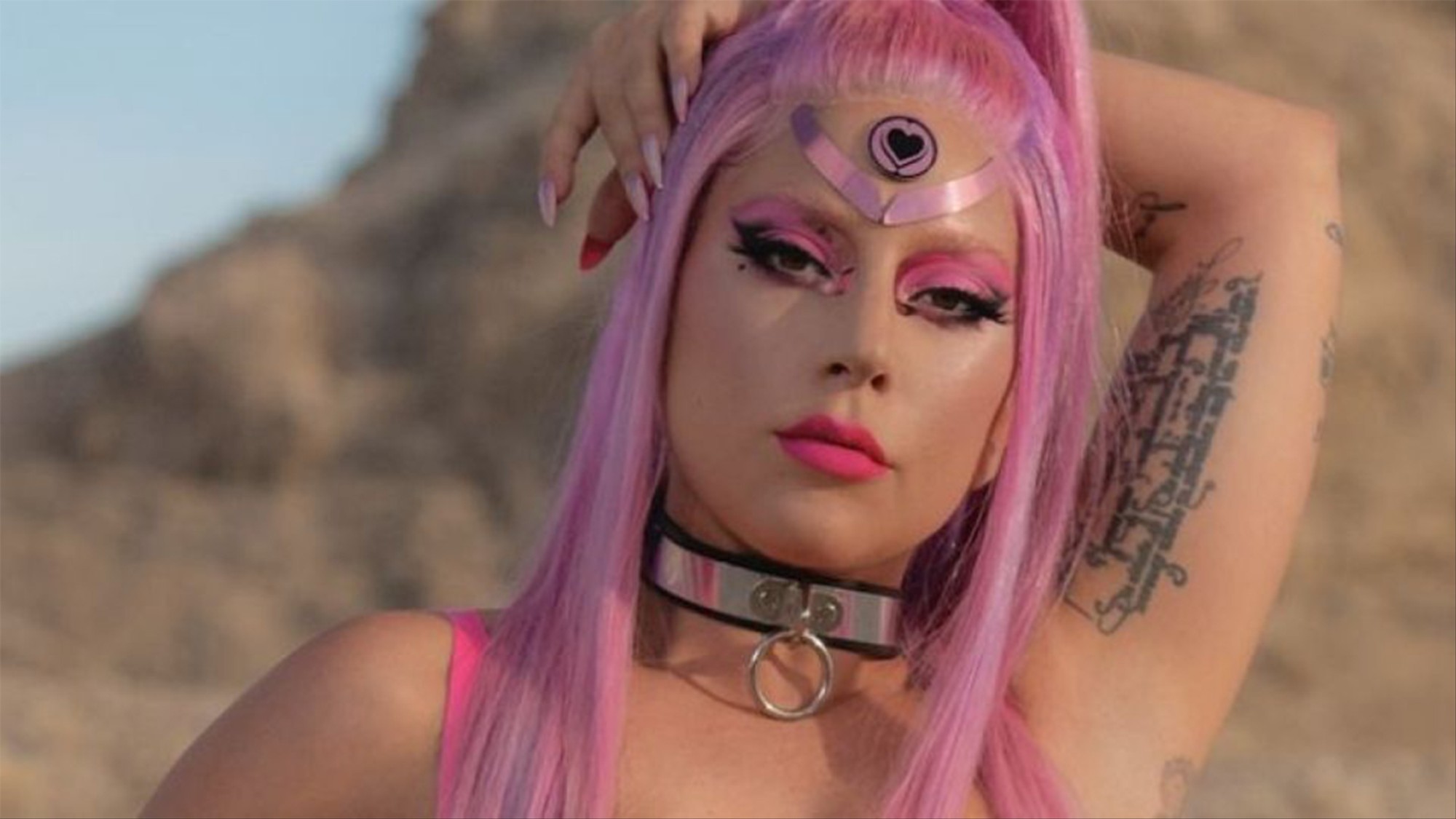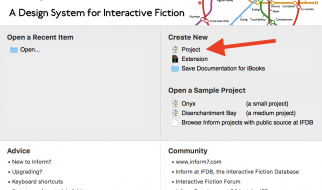 Image belongs to Lady Gaga/Interscope Records/Streamline Records
Image belongs to Lady Gaga/Interscope Records/Streamline Records
Lady Gaga is a name that needs no introduction. She?s been one of the biggest superstars in pop music over the last decade, ever since she burst on the scene with the infectious ?Just Dance?. Her career has taken her to an array of ambitious and diverse musical landmarks, starting with the lightly 80s inspired synth-pop of her debut album The Fame, which saw her tackling her sexuality through the lens of her desire for fame. It was with this era and the next The Fame Monster that she introduced a theatricality and showmanship back to pop music that had been dormant at the time of her debut. It was TFM that largely expanded upon Gaga?s debut and established her as a force to be reckoned with in pop music, as she turned towards making towering dance-pop anthems, masterfully weaving in more 80s dance influences whilst elevating her visuals & allowing her to take a spot as one of modern pop music?s influencers. Born This Way still stands the test of time as a distinctive blend of Gaga?s love of glam rock and electronic music, giving Gaga a chance to establish her footprint in pop music as she stood as the most outspoken artist when it came to equality and freedom, particularly for the LGBTQ community. That album also gave Gaga a chance to expand upon her history, as she peppered her music with references to her Catholic background and to her feelings of being outcast, due to her sexuality and interests and music videos of that time such as ?The Edge of Glory? allowed her to share her successes and failures in her career and personal life. Artpop saw Gaga furthering her interest in EDM and attempting to create her mythology, drawing upon Greco-Roman gods and attempting to break new ground in merging her interests in visual art with her music. After that, Gaga would go on to do a collaborative album with jazz & traditional pop singer Tony Bennett which assisted in proving Gaga?s versatility. She would then go on to do Joanne, an album that saw Gaga mostly immersed in a more country/folk sound, and visually Gaga stripped herself down as well, shooting for a more organic look for most of the era. Lyrically, Gaga examined the dynamics she had with her father and with her then-recent ex Taylor Kinney and worked with Mark Ronson and BloodPop to establish the album?s rawer and more organic soundscape.
Chromatica sees Gaga coming off of the massively successful A Star Is Born, where she starred in her first leading theatrical role to widespread acclaim and saw her land an Oscar for the soundtrack?s lead single, ?Shallow?. The music there leaned into folksier elements to represent her character?s original union with co-star Bradley Cooper?s, and she supplied poppier and relatively more shallow tracks for her character?s pop stardom career. Chromatica serves as Gaga?s first dance-pop album since Artpop, and in an interview with Zane Lowe during the album?s rollout, Gaga gave prospective listeners a peek into her psyche during the album?s writing and recording as well as her reflections on Joanne and Artpop. It is no secret that Artpop saw a dissonance between critics and fans, where her fans seemed to connect with the material while her critics didn?t quite understand its artistic merit. Joanne saw the inverse where critics were more receptive of her material but longtime fans felt Gaga had run out of ideas and weren?t wholly welcoming of her divergence from pop music. The reason I bring this up is that, from her interview, Chromatica seems like somewhat of a reaction to those albums and the effect they had on her. Artpop saw Gaga?s perfect pop machine crumble as her longtime manager Troy Carter abandoned her and she broke her hip, leaving her wheelchair-bound for much of the era, while lyrics from that album addressed her past sexual assault. Joanne also served as a way for Gaga to heal the past traumas of her father?s family to somewhat of a failure on that front, leaving her emotionally bereft at this realization. It?s these traumas that fueled her emotions during Chromatica, as she found herself wanting to return to electronic music and cast those burdens aside while acknowledging that they still had an impact on her as a person.
Chromatica starts with a lush string arrangement titled ?Chromatica I? sonically transporting the listener to the world of Chromatica with violins and strings that sound almost anthemic. It opens up as it progresses and sounds like the camera panning over Chromatica before focusing on Gaga as it leads right into ?Alice?. This introduces us to a Gaga who is struggling to find peace within her mind, but actively deciding to seek change in her life and expressing her desire for music to grant her the inner peace and home she is searching for. The production here is a bombastic house record that sees her vocally showing off her lighter high notes and reminding us that she has the vocals to pull off the encompassing diva vocals that have been a staple of the genre. ?Stupid Love? which served as the album?s lead single is also Gaga?s realization that she needs to stop being closed off and that she wants to open herself up to love, though she still finds herself battling her feelings of anxiety before fully giving into her yearning. The production here is more reminiscent of the dance-pop she flaunted during her Born This Way days, with beefed-up synths and a consistent drum pattern that gives Gaga a jubilant yet slightly dark sound to address her desire for love, concluding that she will not be apologetic for her desires either. She drafts fellow superstar Ariana Grande in for ?Rain on Me?, which genuinely feels like a collaboration between the singers as they bond through the shared trauma each has experienced and turn the song into a moment of mutual catharsis, acknowledging the psychological damage they each have taken on but committing to persevering through the pain. They take refuge the fact that they are still alive despite their challenges, over a production that blends French house with elements of 90s house for an infectious instant smash. On ?Free Woman?, Gaga addresses her identity as an independent and successful woman, refusing to allow herself to be defined by the sexual assault in her past and reveling in her freedom. She draws directly from ?90s house in its most straightforward form and takes ownership of her space in dance music, as she sounds confident in herself and serves as her newfound manifesto for life going forward. Gaga goes for a more emotional delivery on ?Fun Tonight?, which finds her pondering upon the conflict within herself as she finds the part of her that enjoys being a celebrity clashes with the part of her who finds life in the spotlight unfulfilling, lamenting that she?s not ?having fun tonight? as she stares at her reflection, lyrically referencing past work like The Fame and ?Paparazzi?. The production gives her a melancholic take on the club-focused sound of the album, giving Gaga enough space for her impassioned and soaring vocal delivery to adeptly carry the emotional weight behind the song.
?Chromatica II? is another string-driven marker for the album?s second act, which directly segues into ?911?, where Madeon comes aboard to give Gaga a robotic Eurythmics-sounding beat that mirrors her inflection. The song captures her battle with mental health and the self-loathing she feels for her inability to deal with the world around her, as the verses follow a stream of consciousness format with Gaga listing the ways her mental illnesses obscure the world around her. The chorus sees her acknowledging her mental illness and referencing her dependence on an antipsychotic to help her survive. ?Plastic Doll? is a jittery Eurodance song with production so flawless and saccharine it immediately fits with the title, but the song itself sees Gaga confronting the way she is objectified and railing against this idealized image of herself. She leans fully into the superficiality of the track, referencing her dyed blonde hair instead of her natural brown to ensure listeners immediately draw the persona she is deconstructing and calling to mind the commitment of Aqua?s ?Barbie Girl? to the same idea of plastic perfection while clarifying her opposition to the idea. Gaga teams up with k-pop girl group sensation BLACKPINK on ?Sour Candy?, where they all sing over a deep house influenced beat as BLACKPINK bring their bold and confident energy to the flirtatious track. Gaga and BLACKPINK use the title as a metaphor to promise prospective love interests that though they may difficult to handle at first, they could eventually become more open and welcoming to love. However, they demand that their lovers accept them for who they are and allow them to naturally progress and develop within the relationship. Though the song might sonically lean more towards Gaga?s influences, it feels like an easy marriage between her sound and BLACKPINK?s, and everyone sells their part with a sexy and assertive persona. ?Enigma? has been touted as Gaga?s bridge to Artpop and thematically references Gaga?s desire to be a mystery on that album, though here Gaga frames it more like a romantic suggestion, telling her lover she?s willing to take on any role they like. It?s a groovy production that introduces a more disco-inspired thread to the album?s sound adding string motifs and sax throughout is production. Gaga?s vocal delivery is reminiscent of Dua Lipa?s vocals on ?Hallucinate? from earlier this year and sounds just as enraptured by her romance as Lipa did on that track, urging her love interest to give her something to believe in. ?Replay? sees Gaga struggling with the effects of her past, and it feels like she could be singing about her fame or a past lover and given Gaga?s history, it?s no surprise it feels like both. She declares that the song?s subject is the best and worst thing that has happened to her, but she has a visceral reaction to the effects fame has had on her life. The production Burns gives her here keeps the nu-disco stylings of the previous track running, but blends it with an encompassing house element the way Junior Jack did on Trust It, a reference Gaga directly mentioned before the album?s release. Gaga matches the song?s aggressive club beat with her growling delivery, genuinely sounding embittered and run ragged by what she has been through.
?Chromatica III? opens with a dramatic string arrangement that opens into ?Sine From Above?, which serves as the first collaboration between Gaga and longtime mentor Elton John to land on one of her albums. It?s a cinematic and immense number that sees Gaga singing of the sadness she carried since she was a child and the longing she felt for guidance, and John works powerfully singing alongside her, not just as one of her only mentors in the music industry but as a fellow soul struggling to find their way before both mutually come to find the light through music, hence the usage of sine instead of sign. Gaga and John sound at home with each other the most of all the collaborations here, a testament to their long-standing fellowship, and the production matches their strength with elements of pan pipes and striking piano chords before bursting into a drum-and-bass inspired outro. ?1000 Doves? beautifully entwines ethereal backing vocals from Gaga with an uplifting and piano-driven house beat, as she sings to listeners and professes her love for them, genuinely wanting us to see her as a fellow human with feelings and emotions, not just as a distant and commodified pop star. Gaga?s high notes here are light and soar as she expresses how the love of people has saved her, and she sounds audibly desperate with pain as she sings of how she has been caged by the past and urging us to allow her to be human and flourish. ?Babylon? closes out the album on the standard edition as Gaga references the 90s house of Madonna?s ?Vogue?, and here she finds herself fully able to brush aside the effects of fame and celebrity has had on her life, especially through gossip. She references the city?s Biblical legacy as the birthplace of multiple languages as well as a representative of humanity?s hubris in wanting to be closer to God, interplaying with a choir as she finds peace.
Gaga serves up a wall-to-wall dance-pop album with Chromatica, which sounds ready-made for gay clubs with nary a ballad in sight. It?s a pivot for her in terms of sound as she finds a fresh new way to approach a distinctive genre of electronic dance music with more consistency than she did on Artpop. Gaga?s vocals are in fine form and the production gives her enough material to let them shine in a way her previous dance material didn?t always do, likely thanks to her diversification as a musical entity. Thematically, Gaga feels like she is opening up to listeners in a way she?s never fully done before, allowing them to see her struggles in a new light. She aims to humanize herself through pop music rather than positioning herself as an institution of the genre, giving her a lot more material to work with emotionally. Though it may not feel like Gaga is looking to reinvent the wheel as it often did with past albums, it does feel like she has found something unique to bring to pop music this time around as well. Other pop stars have often played off of the musical elements Gaga does on this album and failed to sound like themselves, but through and through, the project feels like a Gaga album. Lyrically, it also finds Gaga firing on all cylinders and though she still writes in service of the beat in similar ways to her earlier eras, she succeeds at applying the meaningfulness she displayed on Joanne and A Star is Born. Chromatica is a stunning return to the dancefloor in a different form that remains true to Gaga, and with a renewed heart and soul we?ve only glimpsed at before.


